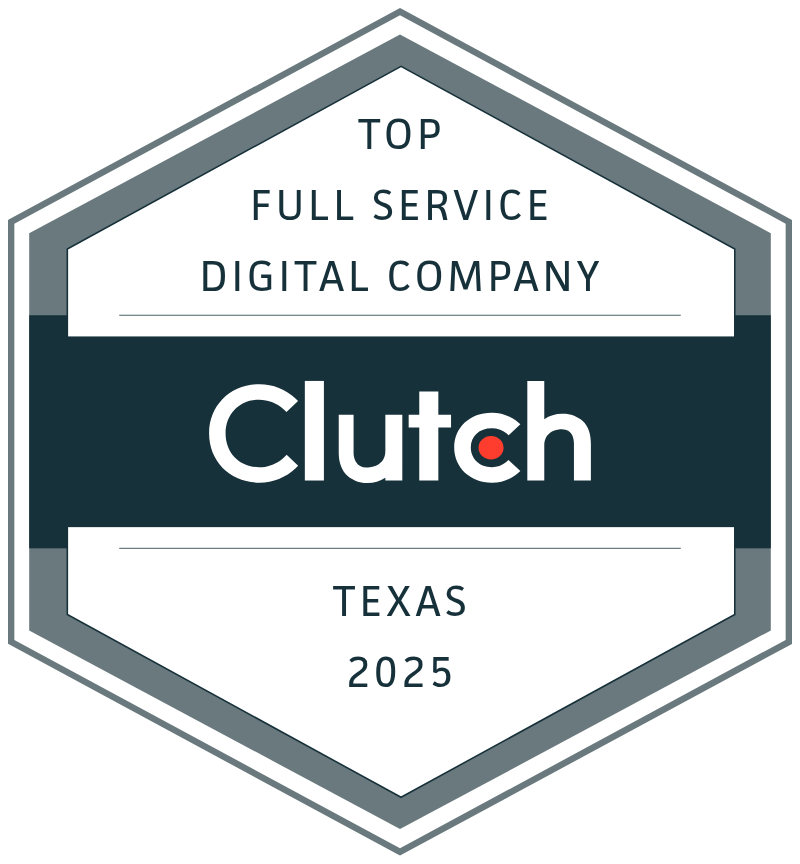Content That Converts, Not Just Engages
Create content that speaks directly to your audience, fuels engagement, and drives measurable action. Need strategic content that delivers?

At the heart of every successful digital marketing campaign lies a robust strategy. Our initial phase, Discover, involves stakeholder interviews and competitor marketing strategy analysis. We don't just ask "Why Centric Marketing Service?"—we map it out. By understanding the market through market niche research and pinpointing the target market size, we lay the foundation for a strategy that resonates.






Create content that speaks directly to your audience, fuels engagement, and drives measurable action. Need strategic content that delivers?
Centric offers a suite of services designed to meet your unique business needs. From content creation to performance marketing, we deliver strategies that drive measurable growth.
Our marketing strategies don’t just look good on paper—they deliver real, measurable results. Explore our success stories to see how Centric has empowered businesses like yours to thrive.
No matter your sector, Centric delivers custom marketing strategies designed to meet your unique challenges and goals.

B2B vs B2C marketing strategies differ significantly due to their distinct target audiences and purchasing behaviors.

Unlock the power of CRO! Learn what Conversion Rate Optimization is and how it boosts website performance, turning visitors into customers!

Unlock actionable marketing insights from OTC 2025, empowering oil & gas leaders to optimize brand strategy, stakeholder engagement, and drive growth

Learn how smart companies flip tariff uncertainty into profit with proven strategies and market insights that drive competitive growth
Content creation and seeding involve developing high-quality content tailored to your brand, followed by strategic distribution to reach your target audience and achieve specific business goals.
We begin with a "Discover" phase, where we conduct stakeholder interviews and competitor analysis. We then identify your market niche and target audience size to create a strategy that aligns with your business objectives.
We create a variety of content, including blog posts, social media content, whitepapers, case studies, product descriptions, landing pages, and video content tailored to engage and convert your audience.
By conducting detailed market research and competitor analysis, we ensure that the content we create addresses the needs, pain points, and interests of your target audience, ensuring higher engagement.
Content seeding involves strategically distributing content across multiple channels such as social media, email, and third-party websites to increase its reach, drive traffic, and enhance brand awareness.
We track key performance indicators (KPIs), including website traffic, engagement rates (measured by likes, shares, and comments), click-through rates (CTR), and conversions, to measure the effectiveness of our content campaigns.
Yes, we customize content to fit the specific needs and language of your industry, ensuring relevance and alignment with your target audience's expectations and pain points.
Content should be regularly updated to stay relevant, engage users, and support SEO efforts. We recommend revisiting your content strategy quarterly to make adjustments based on analytics, trends, and business changes.

Spanning 8 cities worldwide and with partners in 100 more, we're your local yet global agency.
Fancy a coffee, virtual or physical? It's on us – let's connect!






Spanning 8 cities worldwide and with partners in 100 more, we're your local yet global agency.
Fancy a coffee, virtual or physical? It's on us – let's connect!